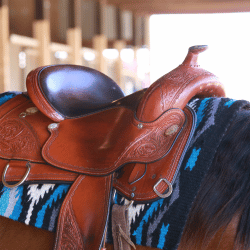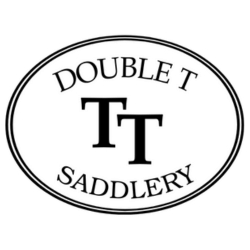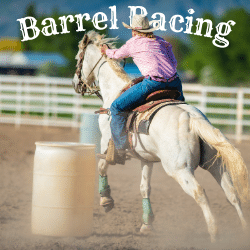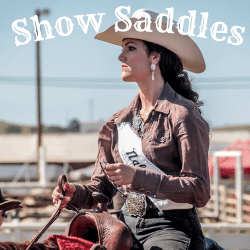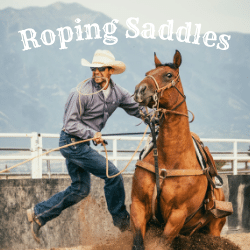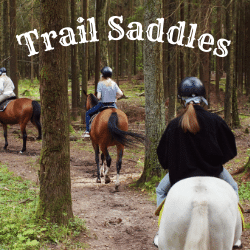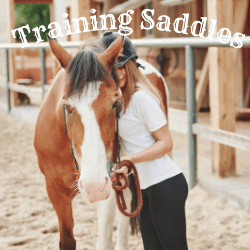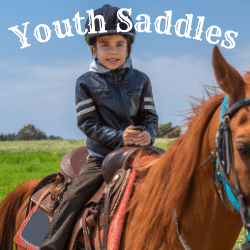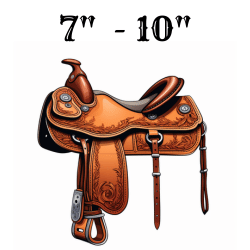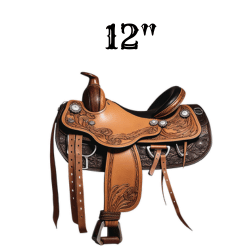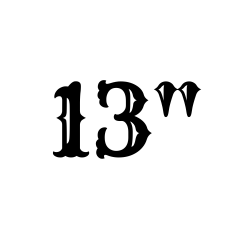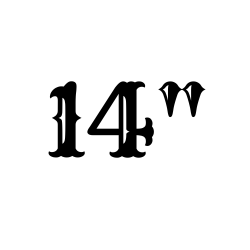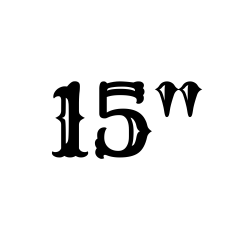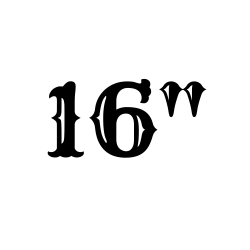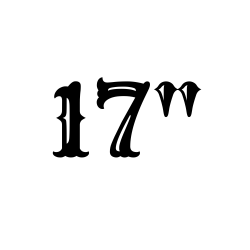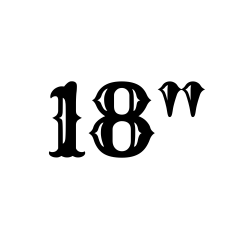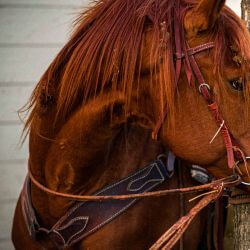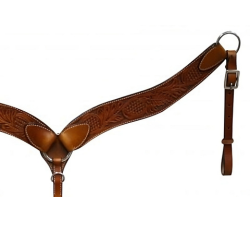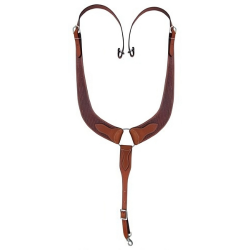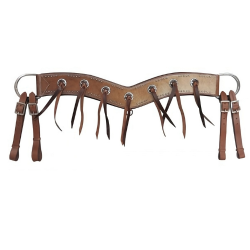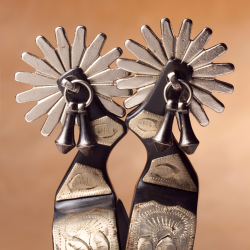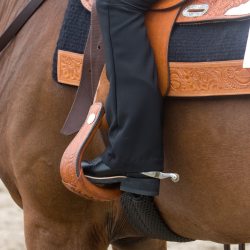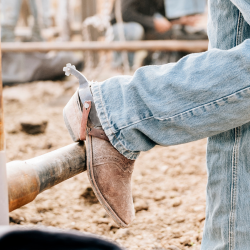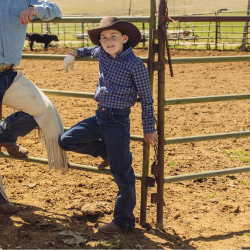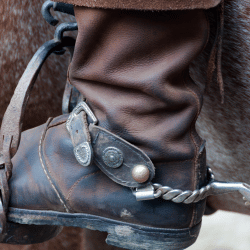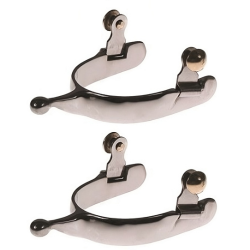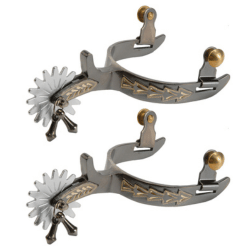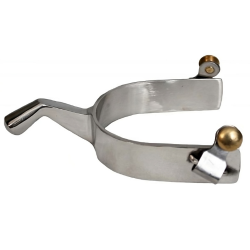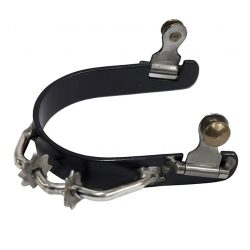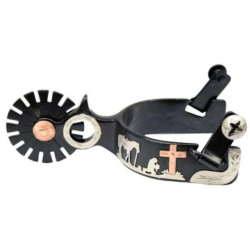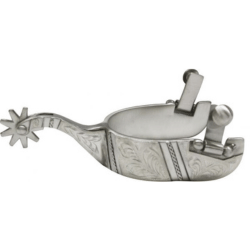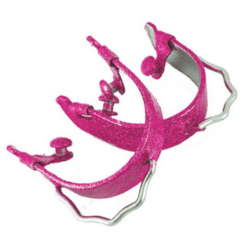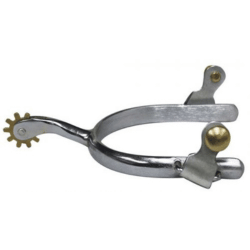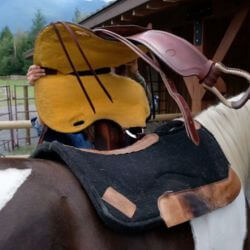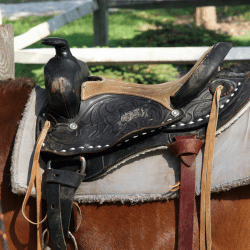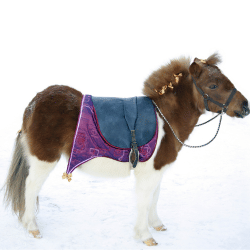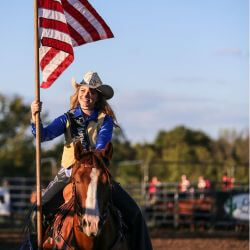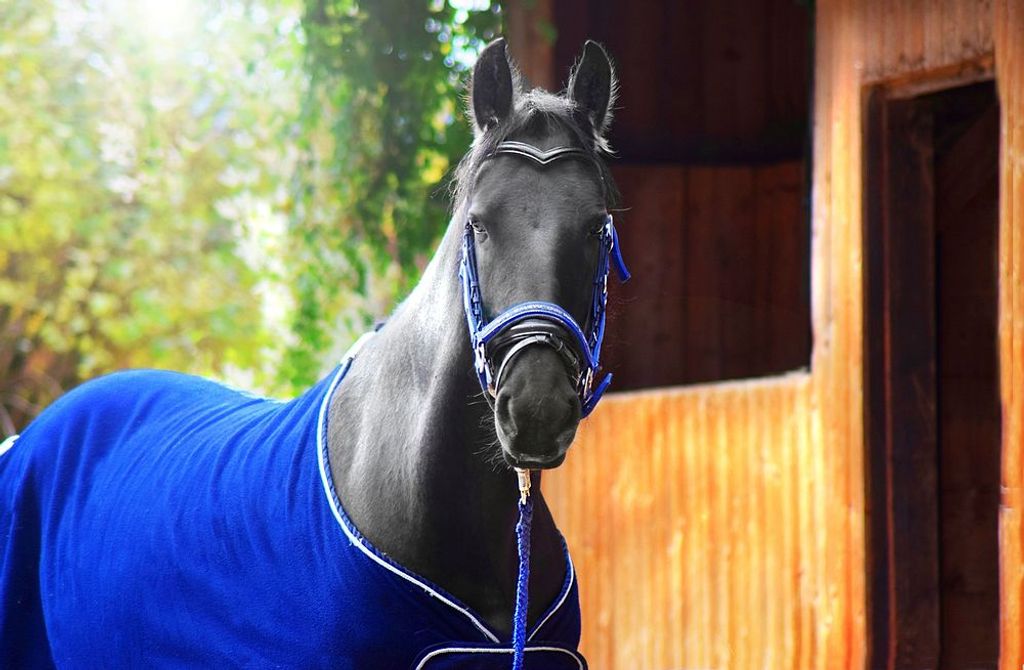Measuring a horse for a blanket is essential for ensuring its protection, comfort, and proper fit. A well-fitting blanket not only shields the horse from the elements but also allows for unrestricted movement. To measure a horse accurately, you will need a few tools and follow a step-by-step process. In this guide, we will discuss why measuring a horse for a blanket is important, the tools needed for measuring, a step-by-step guide to measuring, common mistakes to avoid, and tips for choosing the right blanket.
Key Takeaways
- Measuring a horse for a blanket is crucial for its protection and comfort.
- Use a measuring tape, an assistant, and patience when measuring a horse.
- Prepare the horse properly before taking measurements.
- Measure the length and width of the horse to determine the correct size.
- Avoid common mistakes such as guessing measurements and ignoring the horse's build and movement.
Why Measure a Horse for a Blanket

Protection from the Elements
When it comes to measuring a horse for a blanket, one of the key factors to consider is protection from the elements. A blanket serves as a barrier between the horse's body and the harsh weather conditions. It helps to keep the horse warm during cold winters and provides protection from rain, snow, and wind. By measuring the horse accurately, you can ensure that the blanket covers the horse's body properly, offering maximum protection.
Comfort and Mobility
When it comes to choosing a blanket for your horse, comfort and mobility are key factors to consider. A blanket that restricts your horse's movement can cause discomfort and even lead to injuries. It's important to find a blanket that allows your horse to move freely while still providing the necessary protection.
To ensure optimal comfort and mobility, look for blankets that are made from lightweight and flexible materials. These materials should allow your horse to move without any restrictions. Additionally, consider blankets that have adjustable straps and fastenings, as they can provide a more customized fit for your horse.
Remember, a blanket that fits well and allows for comfortable movement will keep your horse happy and healthy throughout the winter season.
Proper Fit
Ensuring that the horse blanket fits properly is crucial for the comfort and well-being of your horse. A blanket that is too tight can restrict movement and cause discomfort, while a blanket that is too loose may not provide adequate protection. To determine the proper fit, you will need to measure the length and width of your horse, as well as consider their build and movement. It's important to note that each horse is unique, so finding the right fit may require some trial and error.
When measuring the length of your horse, start at the center of their chest and extend the tape measure along their side to the point of their buttocks. This will give you the measurement for the length of the blanket. For the width, measure from the center of their chest to the widest part of their shoulder. This will give you the measurement for the width of the blanket.
Once you have the measurements, refer to the sizing chart provided by the blanket manufacturer to determine the appropriate size for your horse. Keep in mind that different brands may have slightly different sizing, so it's always a good idea to double-check.
A properly fitting horse blanket should cover the horse's body from the withers to the tail, with enough room for the horse to move comfortably. It should not be too tight around the chest or shoulders, as this can restrict movement. Additionally, the blanket should not be too loose or have excessive gaps, as this can allow cold air or moisture to get in.
Remember, finding the right fit may take some trial and error, but it's worth it to ensure your horse is comfortable and protected from the elements.
Tools Needed for Measuring

Measuring Tape
When it comes to measuring your horse for a blanket, a measuring tape is an essential tool. Make sure you have a flexible tape measure that is long enough to reach from the withers to the tail. This will ensure accurate measurements. If you don't have a measuring tape, you can use a piece of string or rope and then measure it with a regular tape measure or ruler.
To get started, follow these steps:
- Stand on one side of your horse and hold the end of the measuring tape at the base of the withers, where the neck meets the back.
- Extend the tape along the horse's side, following the contour of the body, until you reach the point just before the tail.
- Make sure the tape is snug against the horse's body, but not too tight.
- Take note of the measurement in inches or centimeters.
Remember, accuracy is key when measuring your horse for a blanket, so take your time and double-check your measurements to ensure the perfect fit.
Assistant
Measuring a horse for a blanket can be a challenging task, especially if you're doing it alone. Having an assistant can make the process much easier and more accurate. An assistant can help hold the measuring tape in place, keep the horse calm and still, and provide an extra set of eyes to ensure the measurements are taken correctly. It's important to choose someone who is comfortable around horses and understands the importance of accuracy. With the help of an assistant, you'll be able to measure your horse for a blanket with confidence and precision.
Patience
When measuring a horse for a blanket, it's important to have patience. Horses can be sensitive animals, and they may not always cooperate during the measuring process. Take your time and approach the horse calmly and gently. If the horse becomes anxious or restless, take a break and try again later. Remember, accurate measurements are crucial for finding the right blanket size, so it's worth taking the time to ensure you get it right.
Here are a few tips to help you maintain patience while measuring:
- Take deep breaths and stay calm
- Speak softly and reassuringly to the horse
- Use treats or rewards to keep the horse relaxed and focused
Remember, measuring a horse for a blanket is a task that requires patience and understanding. By taking the time to create a calm and positive environment, you'll increase the chances of getting accurate measurements and finding the perfect blanket for your horse.
Step-by-Step Guide to Measuring

Preparing the Horse
Before measuring your horse for a blanket, it's important to prepare them properly. Start by ensuring that your horse is standing on level ground, as this will help you get accurate measurements. Next, make sure your horse is calm and relaxed, as any tension or movement can affect the measurements. If your horse is fidgety, it may be helpful to have an assistant hold them steady while you take the measurements. Remember, patience is key when measuring a horse, so take your time and make sure your horse is comfortable throughout the process.
Measuring the Length
To measure the length of your horse, start at the center of their chest and extend the measuring tape along their side until you reach the point just before their tail. Make sure the tape is snug against their body but not too tight. This measurement will help you determine the appropriate size for the blanket. If your horse is in between sizes, it is usually a safe bet to round up.
Measuring the Width
To measure the width of the horse for a blanket, you will need a soft cloth measuring tape. Start by standing on one side of the horse and extend the tape from the point of the shoulder to the point of the buttock. Make sure the tape is straight and not too tight or loose. Take note of the measurement in inches or centimeters, depending on your preference. This measurement will help determine the appropriate width of the blanket for your horse.
If you're unsure about how to properly measure the width, it's always a good idea to seek assistance from someone experienced or consult a professional. Getting an accurate measurement is crucial to ensure the blanket fits comfortably and allows for proper movement. Remember, a well-fitting blanket will provide the necessary protection and comfort for your horse.
Determining the Size
Once you have measured the length and width of your horse, it's time to determine the size of the blanket. This is an important step to ensure a proper fit and maximum comfort for your horse. You can refer to the sizing chart provided by the blanket manufacturer to find the appropriate size based on your horse's measurements. It's crucial to choose the right size to avoid any discomfort or restriction of movement. Remember, a blanket that is too small can cause rubbing and chafing, while a blanket that is too big may slip and become a safety hazard.
Common Mistakes to Avoid

Guessing the Measurements
Guessing the measurements can lead to a poor-fitting blanket that may cause discomfort for your horse. It's important to take accurate measurements to ensure the blanket provides the right amount of coverage and freedom of movement. Proper measurements are crucial for finding the perfect fit.
One common mistake is not considering the horse's build. Different horses have different body shapes and proportions, so it's important to take these factors into account when measuring for a blanket. A blanket that fits one horse perfectly may not fit another horse with a different build.
Another mistake to avoid is ignoring the horse's movement. Horses are active animals, and they need to be able to move freely while wearing a blanket. If the blanket is too tight or restricts their movement, it can cause discomfort and even lead to injuries.
To ensure the best fit for your horse, follow the step-by-step measuring guide and avoid these common mistakes.
Not Considering the Horse's Build
When measuring a horse for a blanket, it's important to take into consideration the horse's build. Each horse is unique and may have different proportions, so a blanket that fits one horse perfectly may not fit another. Ignoring the horse's build can result in an ill-fitting blanket that restricts movement or causes discomfort. To ensure a proper fit, it's essential to measure both the length and width of the horse, as well as consider their build when selecting a blanket.
One way to determine the horse's build is by assessing their body shape. Some common body types include:
- Stocky: These horses have a compact and muscular build, with a shorter back and broader chest.
- Lean: These horses have a slender and athletic build, with a longer back and narrower chest.
- Barrel: These horses have a round and wide build, with a shorter back and larger barrel.
By understanding the horse's build, you can choose a blanket that provides the right amount of coverage and allows for comfortable movement.
Ignoring the Horse's Movement
When measuring a horse for a blanket, it's important to consider the horse's movement. A blanket that restricts the horse's natural range of motion can cause discomfort and even lead to injuries. To ensure the horse's comfort and mobility, choose a blanket that allows for unrestricted movement. Look for blankets with features like shoulder gussets or stretch panels that provide extra flexibility. By selecting a blanket that accommodates the horse's movement, you can ensure that your horse stays comfortable and happy.
Choosing the Right Blanket

Material and Insulation
When it comes to choosing the right blanket for your horse, one important factor to consider is the material and insulation. Common insulation materials for horse blankets include polyester fill, fleece, and wool. Each material offers different levels of insulation, breathability, and moisture-wicking properties. Polyester fill is a popular choice as it provides good warmth and is lightweight. Fleece is known for its softness and ability to trap heat, making it ideal for colder climates. Wool is a natural fiber that provides excellent insulation and breathability, keeping your horse comfortable in various weather conditions.
To help you make an informed decision, here is a table summarizing the key features of each material:
| Material | Insulation Level | Breathability | Moisture-Wicking |
|---|---|---|---|
| Polyester fill | Medium | High | Moderate |
| Fleece | High | Medium | High |
| Wool | High | High | High |
Remember, the right blanket should not only provide warmth but also allow your horse to move comfortably. Consider your horse's specific needs and the climate you will be riding in to choose the best blanket for them.
Style and Design
When it comes to choosing the right blanket for your horse, style and design are important factors to consider. While the primary purpose of a horse blanket is to provide protection and warmth, it doesn't mean you have to compromise on style. A well-designed blanket not only looks good but also ensures a comfortable fit for your horse. The right style and design can make your horse stand out in the crowd.
To help you make the best choice, here are some key points to keep in mind:
- Material and Insulation: Look for blankets made from durable and weather-resistant materials that provide adequate insulation.
- Adjustability and Fastenings: Ensure the blanket has adjustable straps and fastenings to ensure a secure and snug fit.
Remember, a blanket that combines both style and functionality will not only keep your horse warm but also make them look great!
Adjustability and Fastenings
When choosing the right blanket for your horse, it's important to consider the adjustability and fastenings. A blanket with adjustable straps and fastenings allows for a customized fit, ensuring that the blanket stays securely in place. This is especially important for active horses who may be prone to shifting or rubbing. Look for blankets with adjustable chest closures, belly surcingles, and leg straps to provide a snug and comfortable fit. Additionally, consider blankets with quick-release fastenings for easy on and off. Remember, a properly fitted blanket with secure fastenings will keep your horse warm and protected throughout the winter season.
Choosing the Right Blanket
Conclusion
In conclusion, measuring a horse for a blanket is an important step to ensure the perfect fit and comfort for your equine companion. By following the steps outlined in this guide, you can accurately measure your horse and choose the right size blanket. Remember to measure from the center of the chest to the tail and around the widest part of the horse's body. Taking accurate measurements will help prevent discomfort and ensure your horse stays warm and protected during the colder months. So, grab your measuring tape and get started on finding the perfect blanket for your horse!
Frequently Asked Questions
1. How often should I measure my horse for a blanket?
It is recommended to measure your horse for a blanket at least once a year, as their size and shape can change over time.
2. What is the best way to measure the length of my horse?
To measure the length of your horse, start from the center of the chest and extend the tape measure along the side of the body to the point of the buttocks.
3. How do I measure the width of my horse?
To measure the width of your horse, place the tape measure at the center of the chest and extend it horizontally to the widest point of the shoulder.
4. How do I determine the size of the blanket based on the measurements?
Once you have the length and width measurements, refer to the size chart provided by the blanket manufacturer to determine the appropriate size for your horse.
5. Can I use a regular measuring tape or do I need a specific horse measuring tape?
While a regular measuring tape can be used, it is recommended to use a horse measuring tape that is longer and more durable to ensure accurate measurements.
6. What should I consider when choosing a blanket material and insulation?
When choosing a blanket, consider the climate and temperature conditions in your area. Opt for materials and insulation that provide adequate warmth and protection for your horse.

